EV hits and misses of 2020
It was year of change for electric cars, bringing big announcements and significant developments. But 2020 also had some unwanted shocks and surprises as the EV surge continued.
So, here are the EV hits and misses of 2020.
The EV hits of 2020
Tesla hits #1

Twenty-twenty was a huge year for Tesla. It set a sales record, promised a smaller Tesla Model 2 within years and shot past Toyota to become the most valuable car brand in the world, at least according to share traders. By the end of 2020 Tesla’s market capitalisation was approaching US$700 billion, representing an increase of more than 600 percent. While there’s an excellent chance the stock is overvalued – Tesla chief Elon Musk even said so – it keeps delivering for those prepared to take a punt.
Mazda joins the EV charge
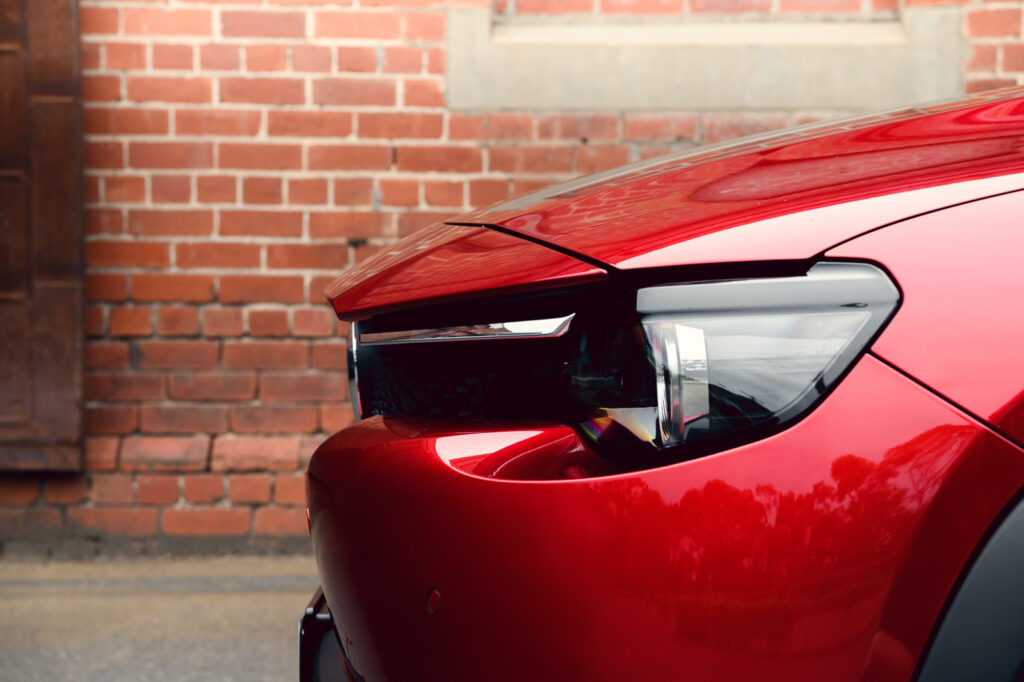
It was action aplenty throughout 2020 but Mazda was one that added some hope that EVs could soon begin selling in decent volumes by confirming its MX-30 would head Down Under in 2021. As the number two selling brand, Mazda will be the highest volume brand to sell an EV when the MX-30 arrives later in 2021 (top seller Toyota has plenty of hybrids but no rechargeable vehicles). As well as the EV version, there will also be a mild hybrid of the compact SUV with standout styling.
Hyundai leads the way with hydrogen
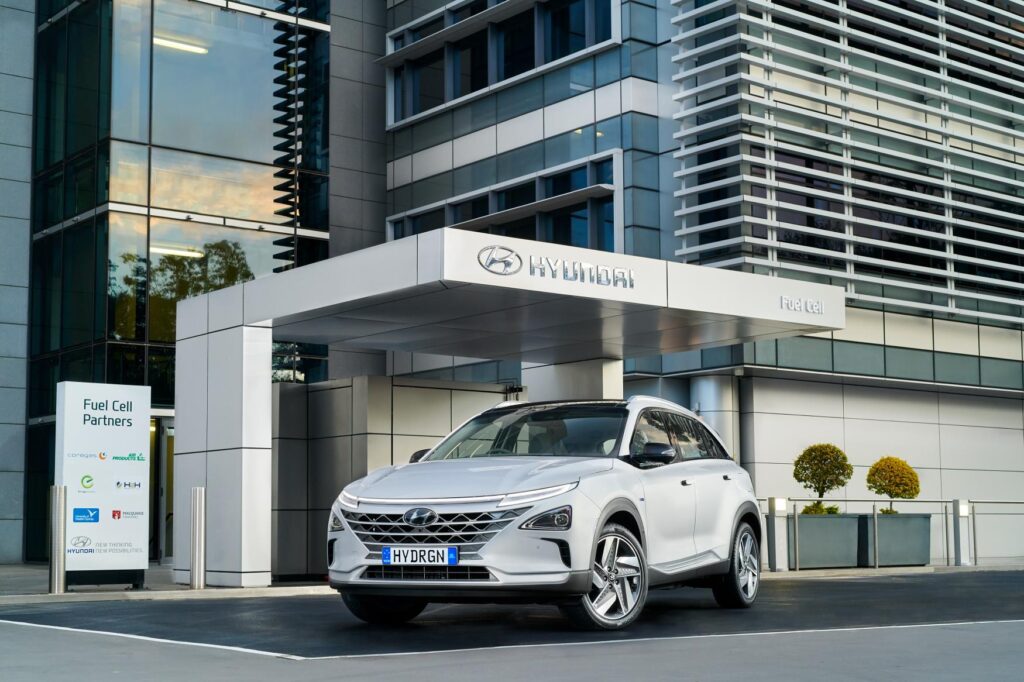
There were only 20 of them, but Hyundai’s move to bring a small batch of hydrogen-fueled Nexo fuel cell cars to Australia is a big occasion. Many see hydrogen as having genuine applications for Australia, albeit with plenty of infrastructure hurdles to overcome before it becomes mainstream. Toyota also chose 2020 as the year it announced 20 Mirais would arrive in Australia (in 2021). With both the Nexo and Mirai the public won’t be able to buy them, at least initially. It seems only a matter of time until that changes. In the meantime, Hyundai announced it would create a new sub-brand – Ioniq – for a range of BEVs, including the Ioniq 5 (pictured at the top of this article).
MG lowered the EV price of entry
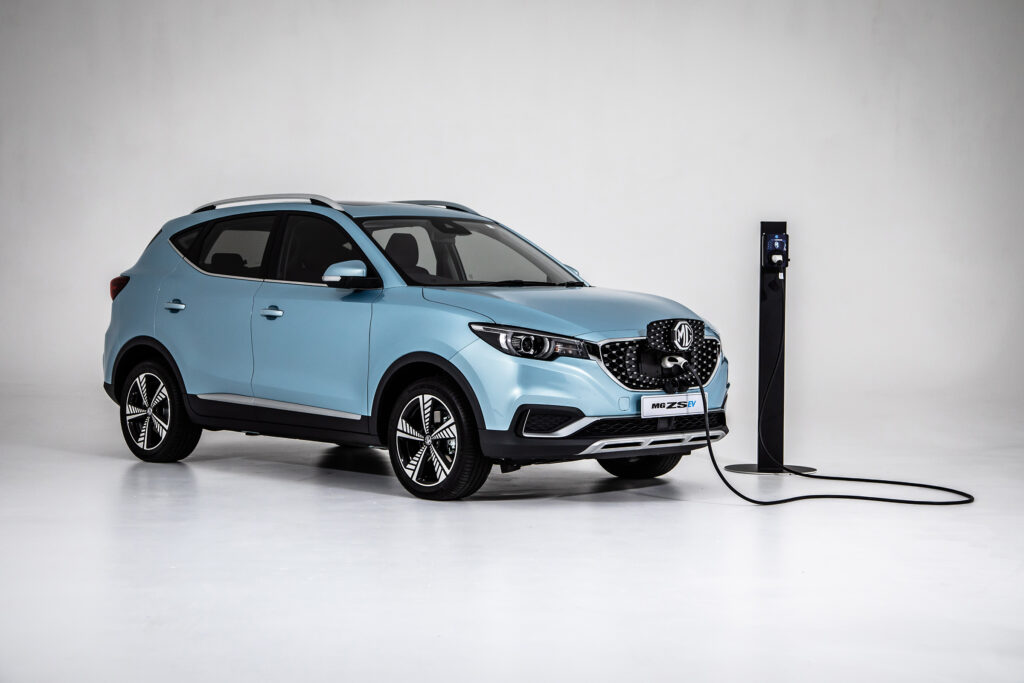
The MG ZS EV was one of the most hotly anticipated EVs of 2020, mainly because MG had promises it would undercut all other battery electric vehicles already on sale here. But no one predicted the sharp $43,990 drive-away price tag. It’s the start of a planned EV onslaught for the value-focused brand that healthily built sales while most headed the other way.
Electricity leads off-road charge

It’s only a matter of time until off-roaders are dominated by electric motors. OK, so in Australia where diesel engines rule on stations, national parks and our red centre, that day may be many moons away. But the sands are slowly shifting. Jeep and Land Rover both agree that electric motors will make 4WDs more capable, and the likes of Rivian took off on an almighty South American adventure in cars set to change the way people think about off-road. Next step is making sure batteries can be easily topped up…
Australia gets in on the EV action with H2X
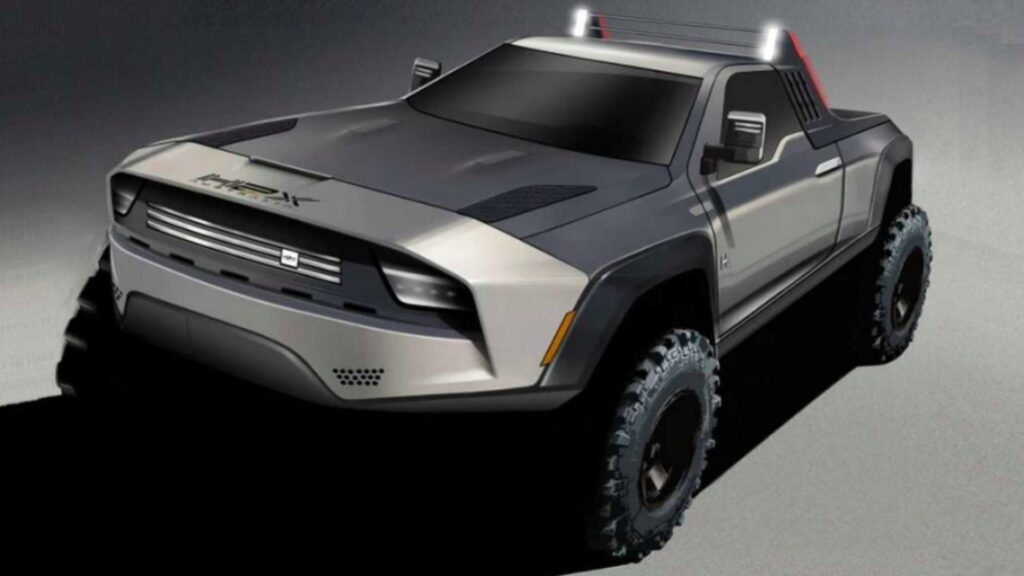
The Australian car manufacturing industry died in 2017 when Holden produced its last Aussie-made family car. And it was dealt another cruel blow in 2020 when the Holden brand was killed off completely. Which is why the announcement that Australia could soon be building electric cars was met with such shock. Sure, aspirational H2X has a lot of challenges ahead, but the company also has bold plans to leverage an imminent push towards hydrogen propulsion with its patriotically named Snowy (the name won’t stick because Toyota owns the rights to it).
Ferrari demonstrated the power of electricity
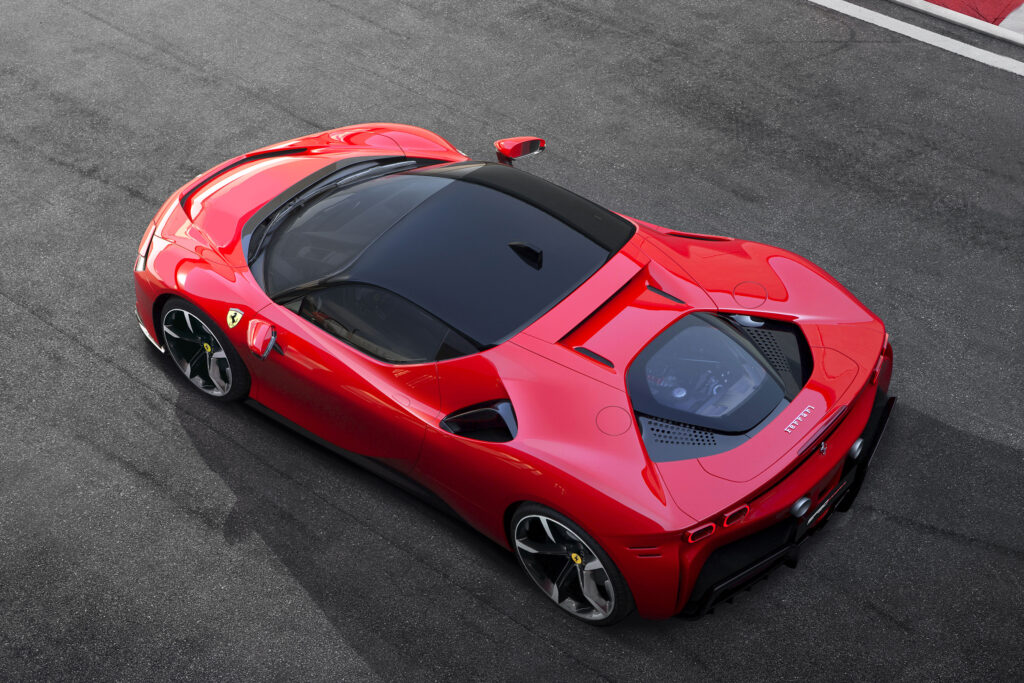
Few brands rely on petrol as wholeheartedly as Ferrari, but the Maranello-based brand used 2020 to demonstrate just how much of a difference electricity can make with its SF90 Stradale. Combining a plug-in hybrid system with a twin-turbo V8 made for the fastest roadgoing Ferrari performance ever. Sure, there are others promising bigger and better (and faster!) but they’re not on sale now. And many – Mercedes-AMG Project One, Aston Martin Valkyrie and Lotus Evija to name a few – have been delayed.
Toyota finally saw the lithium-ion light
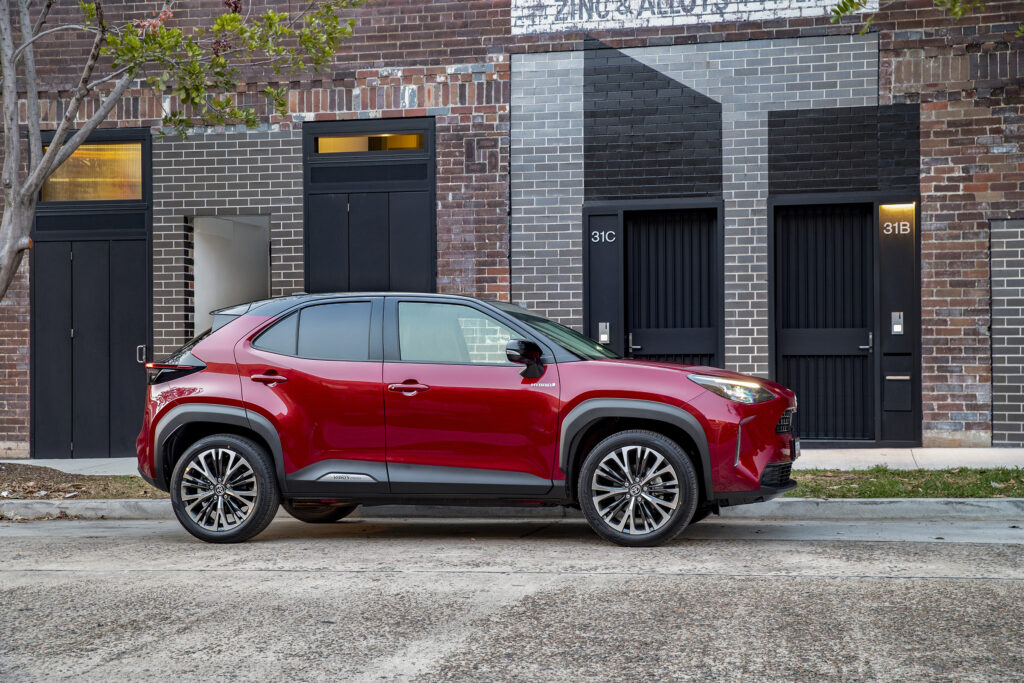
It was the year the RAV4 at times topped the Australian sales charts with only the hybrid drivetrain – RAV4 Hybrids made up about 69 percent of overall RAV sales – indicative that Toyota nailed the offering with the pricing and lack of compromise. While those RAV4 Hybrid’s get old-school nickel-metal-hydride batteries, 2020 was also the year Toyota announced its hybrids would begin switching to more modern lithium-ion battery tech, as used in all EVs and PHEVs. It started with the Yaris and Yaris Cross and will flow through to the Camry in 2021. Other Toyota hybrids shouldn’t be far behind.
Hummer turned electric
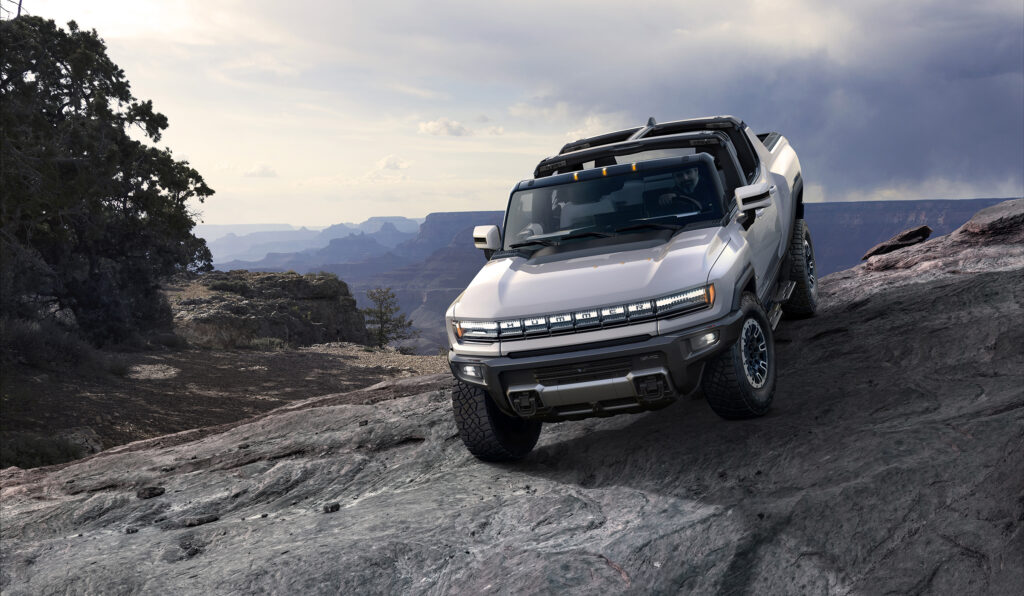
Few brands could have been further from the EV ethos than Hummer – at least until 2020. Born for the battlefields and better known for spewing out diesel fumes as they fended off grenades and gunfire, the modern Hummer has a big stripe of green. It was 2020 when owner General Motors revived the former Arnold Schwarzenegger favourite into an electric-only proposition. The toughness apparently remains, albeit with the whir of electric motors in place of pistons.
Mercedes-Benz doubled down on EVs
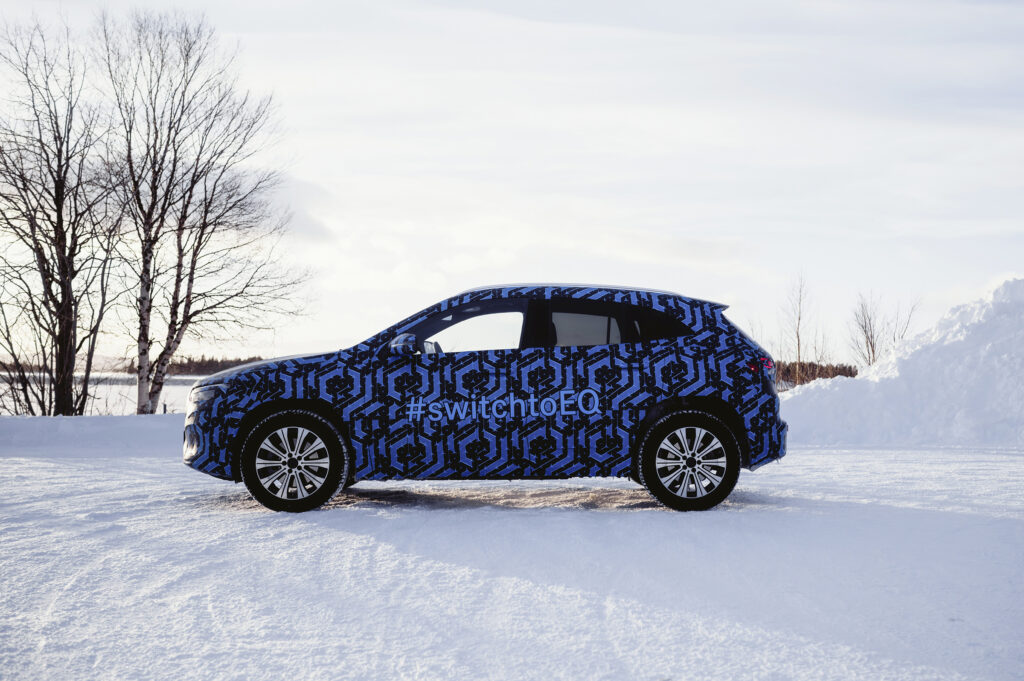
In 2019 Mercedes-Benz launched its first EV, the EQC, but it was 2020 that the brand shifted up a few gears for its EQ sub-brand. The company went on a concerted PR effort, showing off camouflaged development cars and detailing multi-billion-dollar factory investments. By the end of 2020 Benz had promised at least six more EQ EVs by 2022. Expect at least three of them throughout 2021.
The Greens began the EV fightback
The ill-thought-out EV taxes (see below) sounded a frightening warning of a state-versus-federal revenue grab could play out, with electric cars as the pawns caught in the middle. But on the final sitting day of Parliament for 2020 the Greens proposed a new bill that would neutralise those ludicrous EV-only taxes. It’s yet to fully play out but at least signals those on the federal side of politics aren’t likely to take the state EV taxes lying down.
The EV misses of 2020
Nikola comes crashing down to Earth
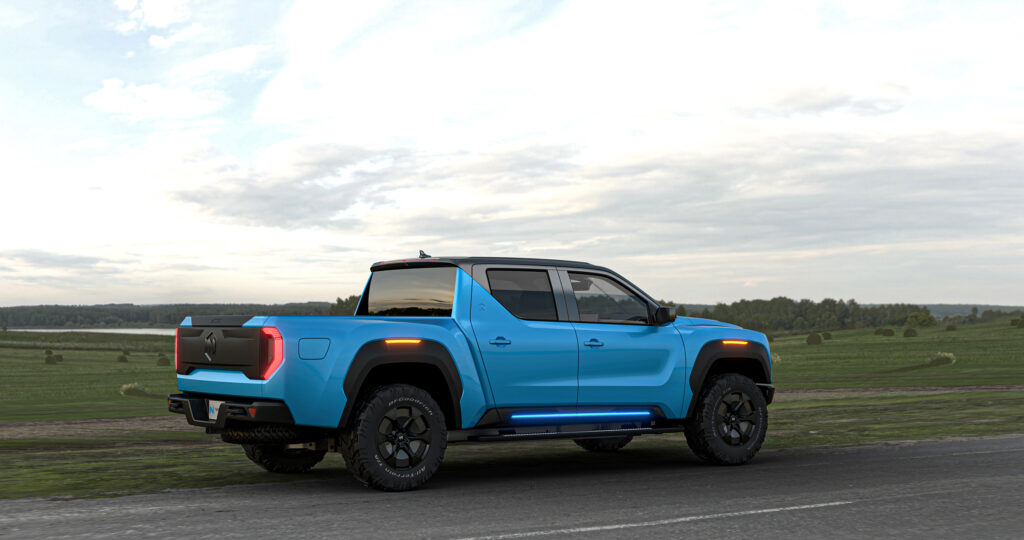
EV startup Nikola talked a big game in 2020 – at least most of it. Its former chief Trevor Milton loved riling Tesla boss Elon Musk with plans for Nikola trucks to dominate the US interstates with hydrogen power. Nikola also promised one of the most exciting electric utes (or pick-up trucks) in the form of the Badger, which was to come to Australia – before the Badger was axed. Then there was a deal struck with General Motors to utilise the American giant’s existing manufacturing facilities. Then it all came crashing down as Milton exited stage left. It seems all was not as it seemed behind the scenes of the Arizona-based EV startup.
Aussie governments get tangled in taxes
Australian governments have often made curious decisions relating to the automotive industry. So in some ways we shouldn’t have been surprised to see the South Australian, Victorian and NSW governments start talking of an EV road tax, something the Federal Chamber of Automotive Industries said could kill EV take-up. But we were, mainly because it put Australia seriously out of step with the rest of the world. As others looked at EV incentives, our governments were looking at ways to penalise electric cars, in turn jeopardising their many benefits.
Lexus forgot its hybrids are recharged from petrol
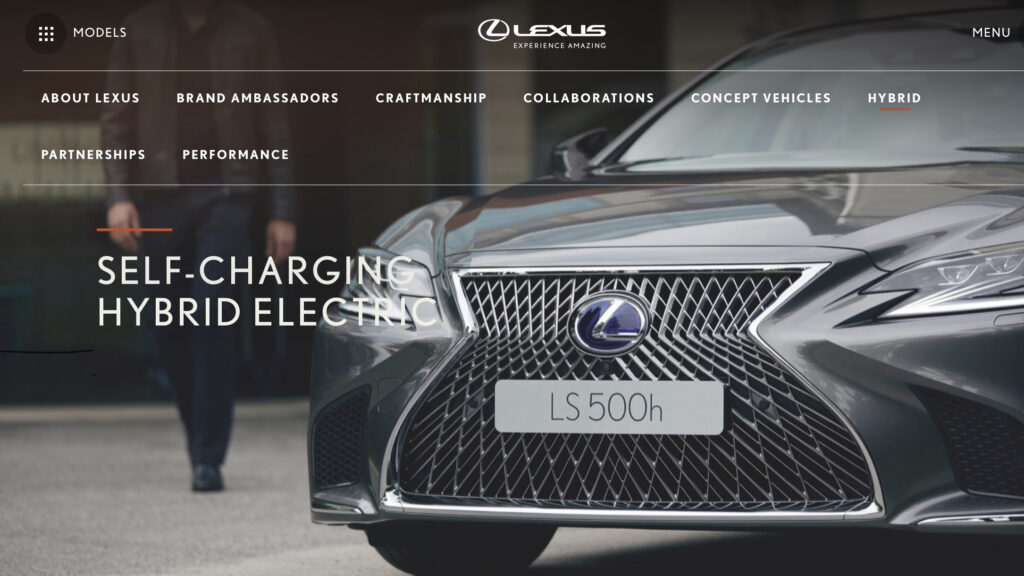
Toyota Australia has previously tried to fool people with the “self-charging hybrid” tagline, something that is, well, misleading. While Toyota no longer leans on the somewhat dubious marketing tactic Down Under, it seems the message didn’t make it to luxury offshoot Lexus, which chose 2020 to confirm the UX300e would be the first Lexus EV sold here. Head to the Lexus website and you’ll learn all about how its hybrids are “self-charging”. They just conveniently miss the bit about them charging using energy supplied by petrol.
Dyson cancels EV
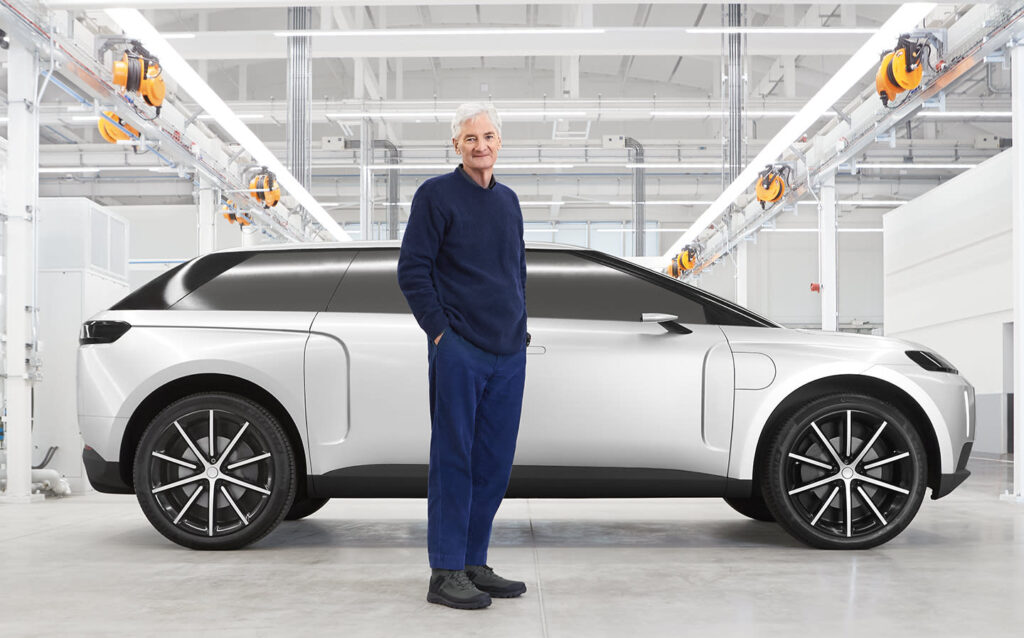
James Dyson is a man who has changed the vacuum cleaners in millions of houses and made fans more of a fashion item. But he couldn’t do the same with cars, choosing 2020 as the year he raised the white flag on plans to build a game changing Dyson EV. Having thrown about $1 billion at developing an electric SUV, Dyson admitted it was not economically viable and that “in the end it was too risky”. That sucks…
Porsche Taycan delayed
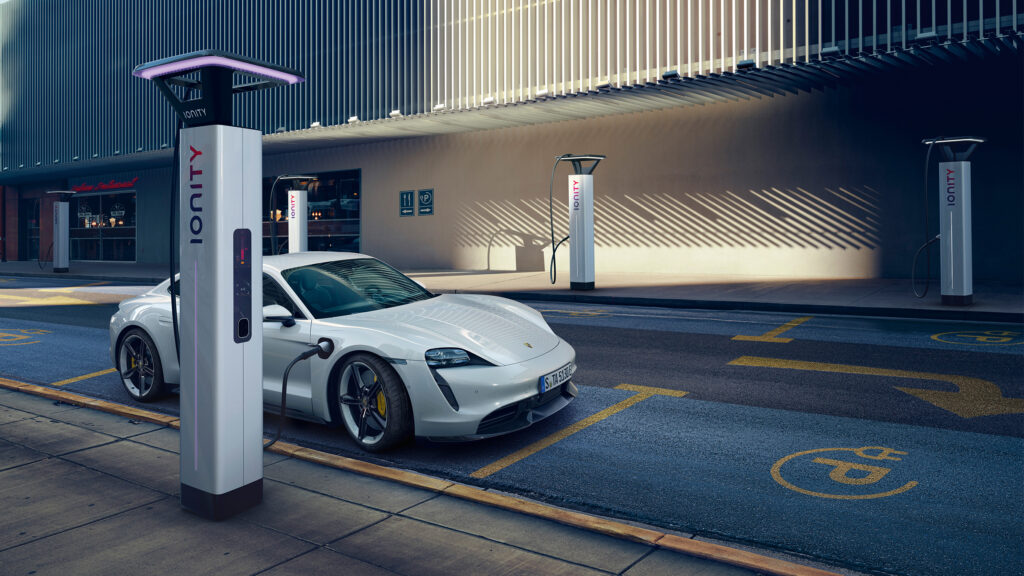
It was a year of delays as Covid-19 wreaked havoc around the world. The Taycan was one of many new arrivals to be pushed back (Ford also delayed its Escape PHEV by 12 months), sliding its on-sale date in Australia to February 2021. Which means it’s not long until one of the world’s fastest EVs is unleashed on Australia.
No Australian emissions standards. Again…
We’ve given up counting the years that Australian politicians have been expected to announce some CO2 emissions standards. Australia has always lagged places such as Europe, but without local manufacturing to protect any more the hope was that Australia would forge a path to align ourselves with other parts of the world. Sadly, it’s still crickets from the government, forcing the Federal Chamber of Automotive Industries to develop its own targets, which carry no penalties but should at least point some brands in the right direction ahead of an expected announcement – one day…
Toyota Australian (again) shies away from EVs
Toyota dominates the Australian market with hybrids – both in sales and the number of offerings – literally. But it is nowhere – literally – with battery electric vehicles. For a brand that accounts for more than one in five new vehicle sales in Australia and sells more diesels than any other brand (all while claiming it is using hybrids to create a “cleaner, greener future for all Australians”) it’s disappointing Toyota Australia still has no concrete plans to sell a car you can recharge.
Akio Toyoda fired up
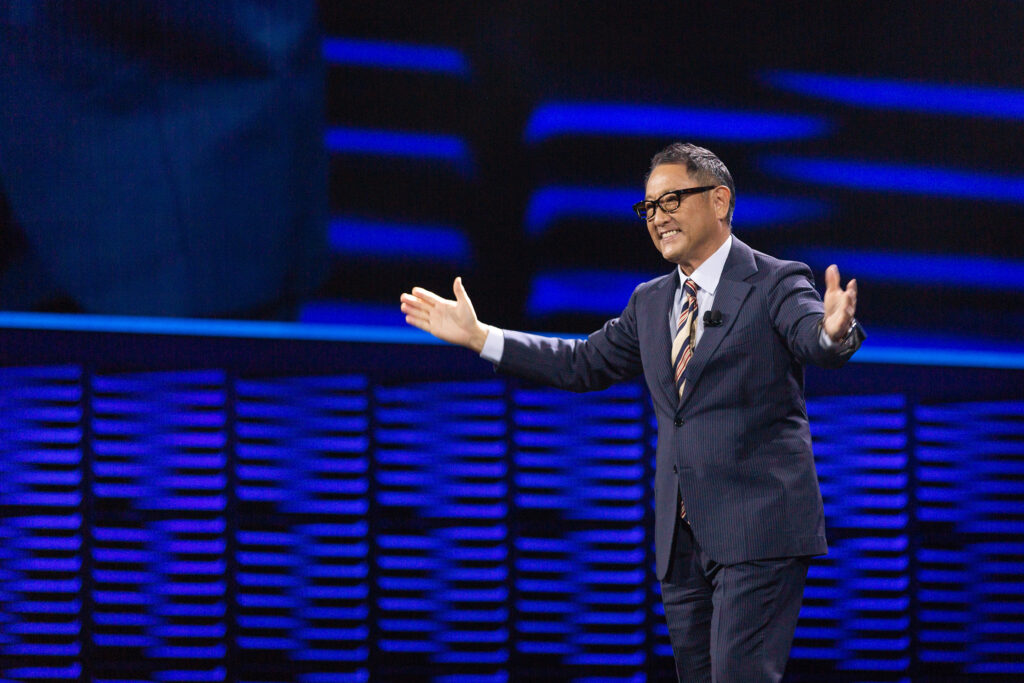
It can’t be easy watching a relatively niche player surge past decades of car making excellence when it comes to stock market valuations, but Toyota boss Akio Toyoda fired a shot at that EV nemesis Tesla during 2020. Less impressive were Toyoda’s comments about EVs, although as EVcentral’s John Carey points out, there’s lots more to the story. At least Toyota used 2020 to confirm it was about to get serious with EVs, even created the Toyota BZ sub-brand dedicated to electricity.

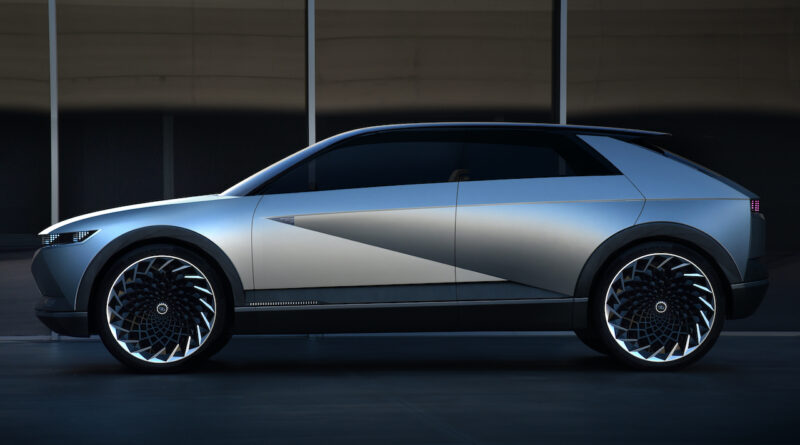
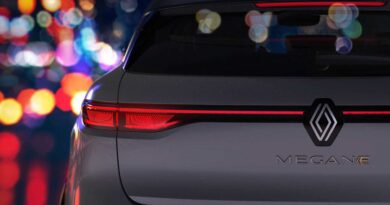
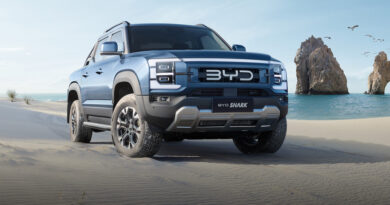
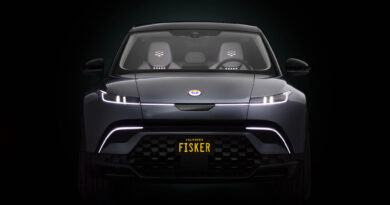
Toyota Camry Hybrid went Li-Ion in August 2020. Toyota Yaris first from May production, and then Camry and Yaris Cross both from August 2020 production.
Unofrtunuately no difference in overall combined power, range or related.
Maybe I missed it but I am surprised not to see any mention of id3 and id4 ground up BEV platforms for VW Group
From what little I have read VW group is already tripled Tesla sales in Norway and in Netherlands in 2020 and have at various stages massive production facilities in Germany, China and America about to come on stream
I am not aware of any other manufacturer with this sort of capacity to deliver quality built BEV
It seems to me Dieselgate was a two edged sword and whilst it caused huge pain and credibility issues for VW group compelled them focus on survival and the necessity to develop a laser focus on BEV’s
If I had to punt money I would bet VW group will steamroll over Tesla sales very quickly